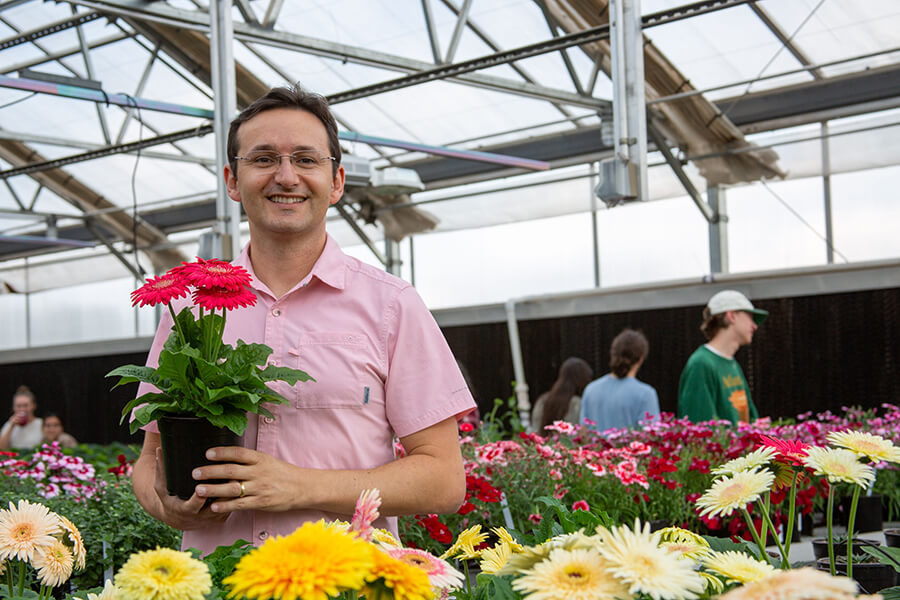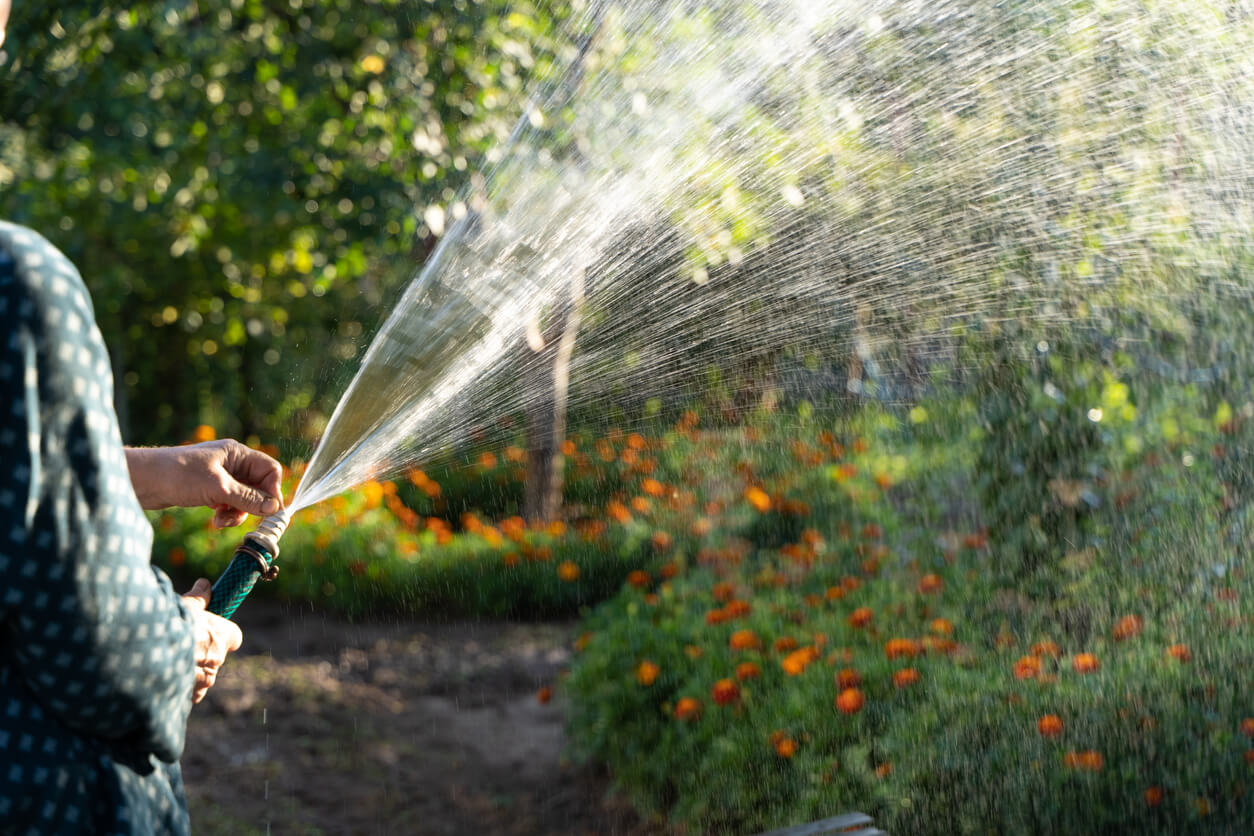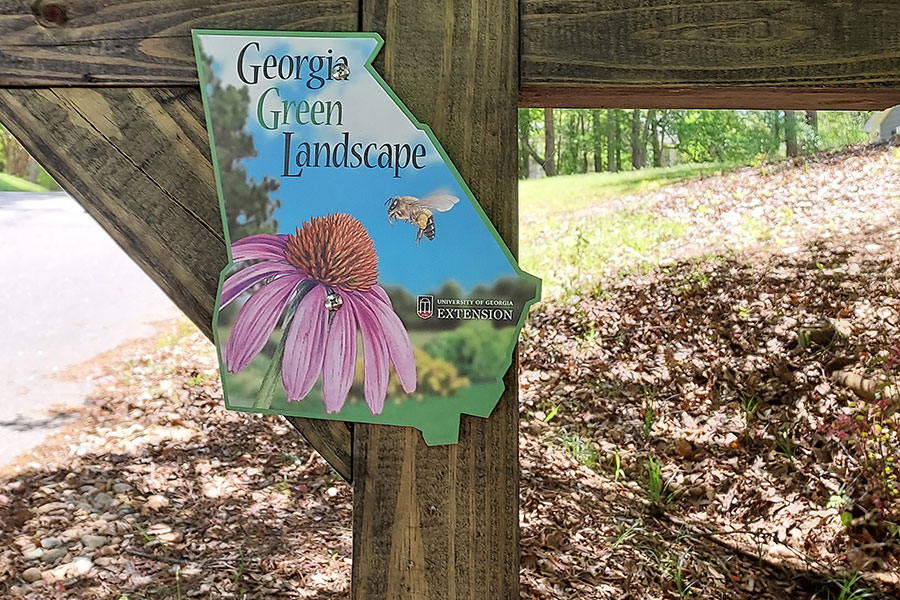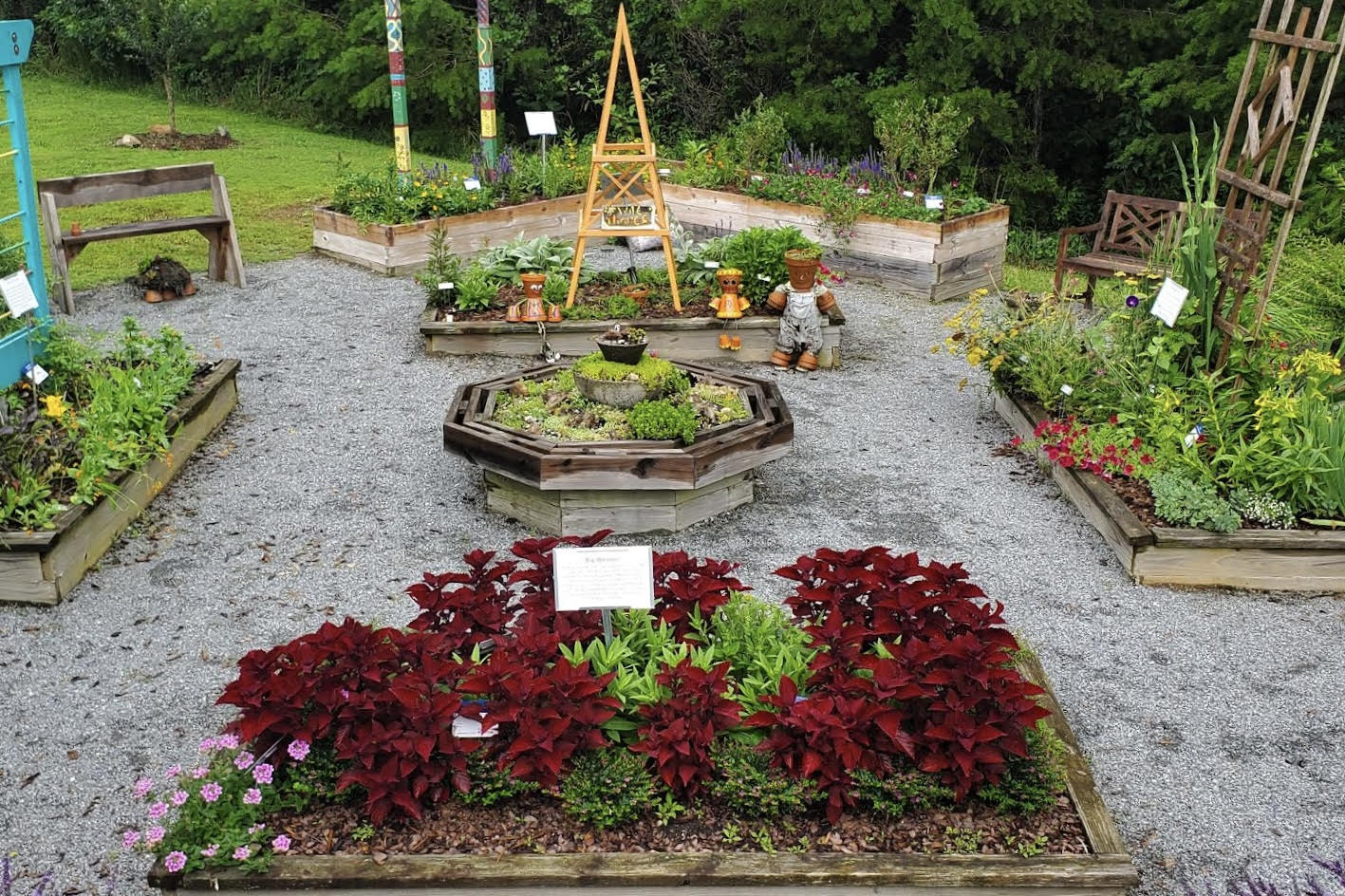Excessively moist soil is not uncommon in both home and public landscapes. Many shrubs and ornamentals grow poorly and eventually die in these planting sites. Planting a plant that is tolerate to wet and poorly drained soils is the best solution.
Planting a tolerate variety is much more practical than trying to dig up plants and raise the planting bed with 10 to 12 inches of soil to increase soil drainage.
In Georgia, the Yaupon hollies (Ilex vomitoria) are among the best possible evergreens that can be chosen for problem sites. They can be found growing in extremely poorly drained areas in south Georgia woods. Yaupon hollies grow quite large and are often considered small trees instead of shrubs.
The dwarf Yaupons are a much better selection if compact shrubs are desired. They possess the same tolerance to poor soil aeration and drainage as the native Yaupons. There are two cultivars on the market, Ilex vomitoria 'Nana' and Ilex vomitoria 'Schillings Dwarf.' The major difference in these plants is that the new growth of 'Nana' is a bright green color, while new growth on 'Schillings Dwarf' has a district bronze-green color.
Both Japanese hollies and boxwoods are quite susceptible to root damage from excessive soil moisture. When gardeners notice the decline of these plants, it is usually better to replace them with a different plant species. If the soil in the area remains moist even during dry periods, replacing with a moisture tolerant species such as Dwarf Yaupon is suggested.
Additional cultivars of hollies that are tolerant to wet areas may be available. Check with your local nursery grower for recommendations. Just remember that it is a lot easier to address this problem prior to planting rather than deal with shrubs declining from “wet feet” later.
For more information on selecting landscape plants, see the University of Georgia Cooperative Extension publication website at www.caes.uga.edu/publications.








